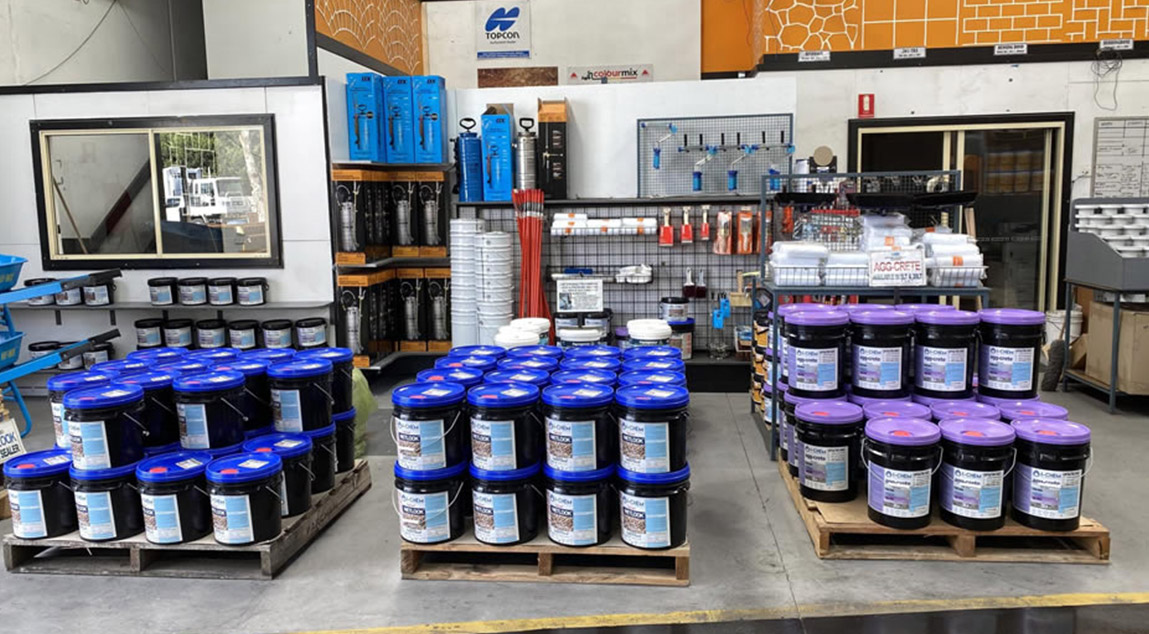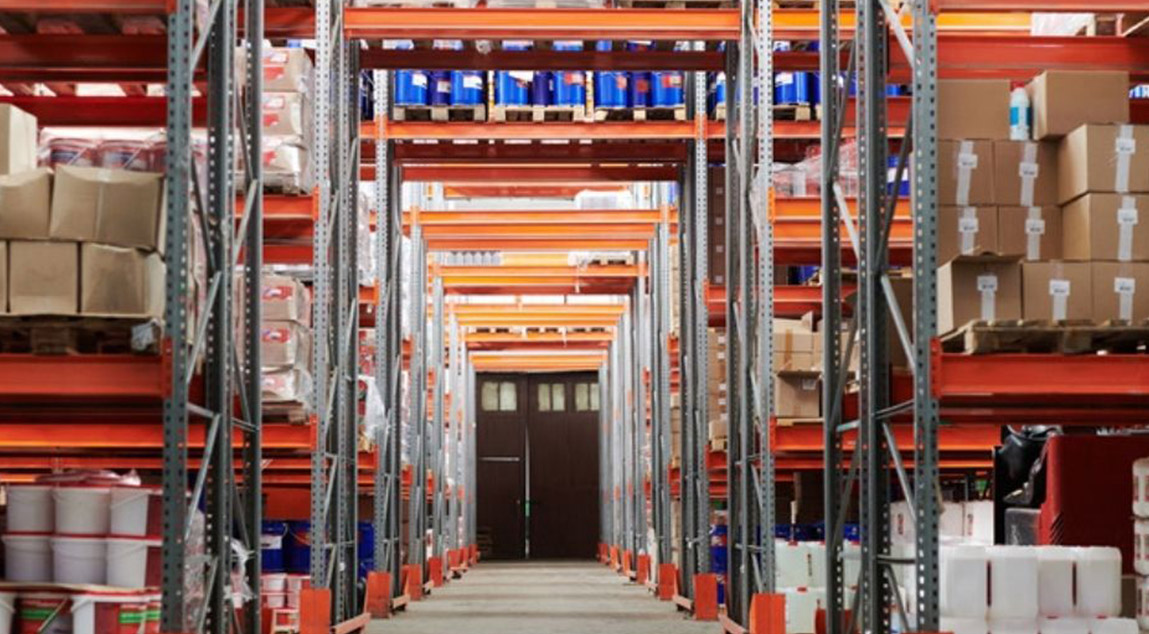Best Safety Practices for Working with Concrete

Concrete is a marvel of modern construction. Its versatility and durability have made it an essential material in various building projects. However, it’s important to be aware that working with concrete isn’t entirely risk-free. As with any material, potential hazards can arise if not properly handled.
This article will explore the best safety practices for working with concrete to complete your next DIY concreting project with minimal risk.
Personal Protective Equipment (PPE)
Your first line of defence is the proper Personal Protective Equipment (PPE). This is not an area to compromise on; using PPE appropriately can significantly reduce the risks associated with concrete tasks. With this in mind, what kind of PPE do you need to invest in?
Masks
Protecting your respiratory system from the fine dust that arises during concrete mixing and cutting is critical. The dust from concrete can cause serious lung damage due to its silica content. Masks, particularly N95 masks, are highly effective in filtering out concrete dust particles, ensuring you’re not inhaling harmful amounts.
Goggles
Your eyes are susceptible to damage from dust and wet concrete mix splashes, so safety goggles are your best bet. They provide a comprehensive seal around your eyes, preventing any foreign substances from causing irritation or damage.
Boots
Moving downwards, your feet need protection from fallen heavy objects and sharp rubble. Sturdy footwear, preferably steel-toed boots, offers the required safety. They offer protection and provide the grip needed when working on potentially slippery surfaces.
Clothing
Lastly, don’t overlook the need for full-coverage clothing. Long-sleeved shirts and full-length trousers shield your skin from direct contact with wet and dry concrete, which can cause irritations and burns due to its alkaline nature.
To choose the best possible PPE, check the product’s compliance with safety standards. Look for safety ratings and certifications on the packaging. Additionally, consider comfort and fit – too loose or uncomfortable PPE can become a distraction, reducing efficiency.
Get a wide selection of PPE, including work boots, from Australian Slate-Crete Supplies. See our collection here.
Selecting and Safely Using Tools
As the saying goes, ‘a workman is only as good as his tools’. This couldn’t be truer when it comes to DIY concrete projects. When used correctly and safely, the right tools can significantly streamline your work process, enhance the quality of your project, and, most importantly, reduce the risk of accidents.
So, what does the quintessential concrete toolkit look like? At the core, you’ll find concrete mixers and trowels. A concrete mixer is instrumental in ensuring that you achieve a consistent mix, which directly impacts the strength and durability of your concrete.
Trowels, on the other hand, are used for smoothing and finishing the surface. They come in various sizes and shapes – each designed for a specific task. For instance, a rectangular finishing trowel is best for flat surfaces, while a rounded edge trowel creates a smooth, polished finish and fills in small divots.
Here are a few more tips:
- When selecting your tools, remember to prioritise quality over price. High-quality tools not only last longer but also ensure better results.
- Regularly inspect your tools for any signs of wear and tear. Clean them after each use and store them in a dry, secured place. This will prevent rusting and accidental injuries.
- Take the time to learn about each tool – its purpose, correct handling techniques, and safety precautions. This knowledge will help you execute your project efficiently and reduce the chances of mishaps.
Want to learn more about the most important tools for concreting? Check out the comprehensive guide published by Australian Slate-Crete Supplies.
Working With Concrete – The Physical Demand
When working with concrete, one cannot overlook the physical demands of handling and transportation. Concrete, renowned for its robustness and resilience, is also heavy. This characteristic can pose a challenge and, if not addressed correctly, can lead to severe back injuries that could sideline your project indefinitely.
What’s the key to avoiding such injuries? Ergonomics. This can be applied to your lifting techniques, making the arduous task of concrete handling safer and more efficient.
- Firstly, let’s understand the common mistakes that lead to injuries. Often, individuals lift heavy loads by bending their waist, which puts undue pressure on the back muscles and spinal discs. So, how can we avoid this? The answer is simple: Bend at the knees, not the waist. This engages stronger muscle groups like your thighs and glutes, reducing the strain on your back.
- Secondly, maintain a straight back throughout the lift. This might seem counterintuitive, especially when you’re trying to lift something off the ground. However, a straight back ensures the pressure is evenly distributed across your spine, reducing the risk of concentrated stress on any single point.
- In addition to these lifting techniques, consider using mechanical aids where possible. Tools like wheelbarrows and hand trucks can reduce the physical exertion required, minimising the risk of injury.
Keeping Fresh Water Close By
Fresh water is a crucial element in mitigating the hazards of concrete work. Due to its alkaline nature, wet concrete can cause chemical burns and skin irritations.
Having fresh water readily accessible on-site is essential for immediate skin and eye washing if accidental contact occurs. It’s important to remember that safety glasses and gloves, which can’t provide complete protection, add to the importance of fresh water as a safety measure.
Other Aspects of Safety in Concrete Work
Keeping your workspace clean and organised
A cluttered site can lead to potential hazards, including tripping over discarded tools or slipping on spilt concrete mix. Always ensure that tools are returned to their designated storage areas after use and clean up any spills immediately.
Lighting is another critical factor that is often overlooked
Proper lighting is essential, especially when working with a material like concrete that requires precision and attention to detail. Poorly lit areas can lead to mistakes in the mixing and applying of concrete and be a safety hazard. Using portable work lights is advisable if your project extends into the evening hours.
Being prepared for unexpected situations
Check the weather forecast when planning outdoor concrete projects. Rain can ruin freshly poured concrete, and excessive heat can cause the concrete to cure too quickly, leading to cracks. Always have a contingency plan in place for bad weather.
Equipment failure is another unexpected issue
Regular maintenance of your tools is essential to prevent sudden malfunctions. Consider having backup tools available for equipment like concrete mixers.
Understand Your Boundaries
As fulfilling as DIY projects can be, it’s crucial to recognise your limitations. A certain satisfaction comes from rolling up your sleeves and tackling a concrete project head-on. Still, some tasks are best left to the professionals.
Knowing your limitations and when to call professional concrete workers can save you from unnecessary injuries and costly mistakes. This will save you time, money, and potential injury.
Buy High-Quality Protective Concreting Tools and Equipment
When it comes to working with concrete, safety should be your top priority. The potential risks associated are not to be taken lightly.
Risks such as skin irritation, eye damage, respiratory issues, and the possibility of back injuries due to physical exertion are all something that can occur.
However, using these mitigating tactics, you can safely undertake your next DIY concreting project and enjoy the results without any drawbacks. For more advice and to buy top-quality protective equipment and tools, contact Australian Slate-Crete Supplies.
With 25 years of experience and a wide range of tools, we have everything you need to successfully and safely complete your project. For advice or to discuss the tools and PPE you’ll need, contact our friendly team on 03 9408 7722.
-
 February 4, 2022Sandstone Concrete Stencil
February 4, 2022Sandstone Concrete StencilDo you want to add a touch of luxury and elegance to your concrete projects? If so, then consider using sandstone concrete stencils!
Read More -
 February 4, 2022Gloss Brick Sealer
February 4, 2022Gloss Brick SealerGloss brick sealer is a wonderful material for adding a brilliant shine to your brick slip wall feature.
Read More -
 February 4, 2022Bluestone Concrete Sealer
February 4, 2022Bluestone Concrete SealerIn a broad sense, the term “bluestone” is sometimes used to refer to a variety of stones. It’s a marketing term rather than a geological one.
Read More
